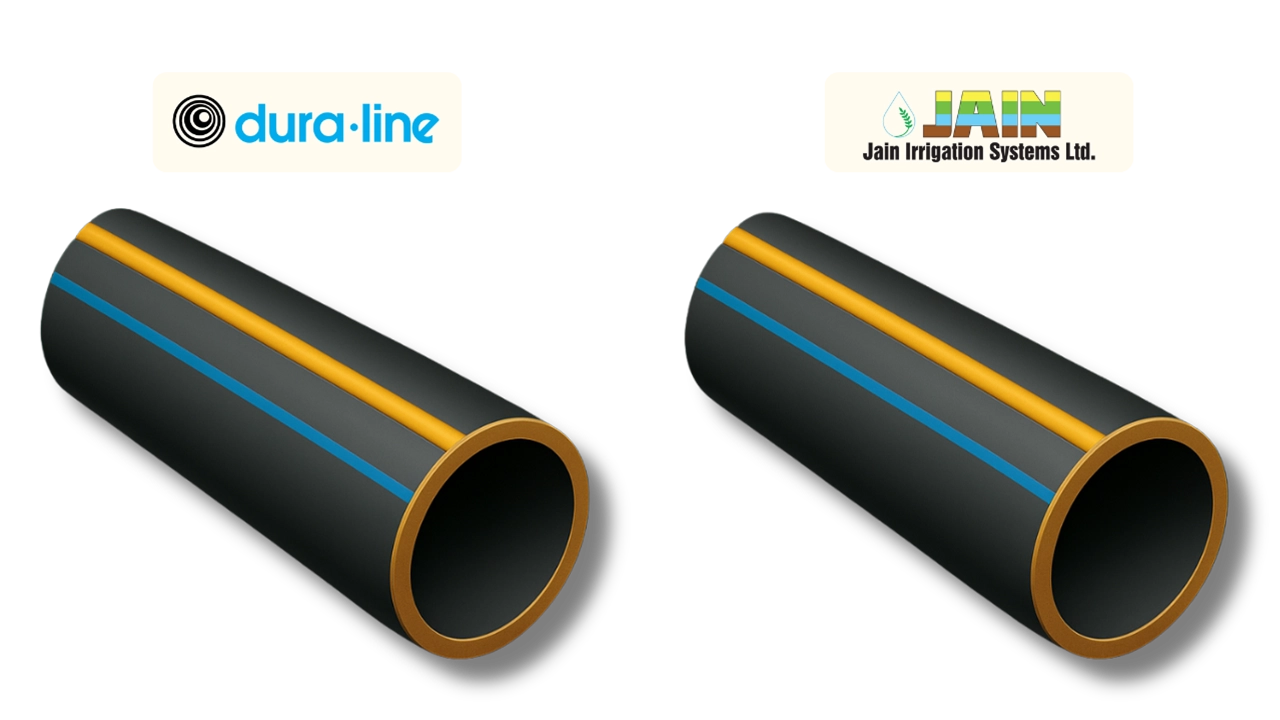Introduction
In the evolving landscape of Indian intellectual property, the line between design and patent law has often blurred. This has led to a recent trend of superficial judicial analysis in design infringement cases, as witnessed in Symphony Ltd. vs. Thermo King India Pvt. Ltd1. However, the Delhi High Court’s decision in Dura-Line India Pvt. Ltd. v Jain Irrigation Systems Ltd2. stands as a crucial corrective. This landmark judgment reaffirmed the “eye test” , a cornerstone of design law by meticulously distinguishing between a product’s functional and aesthetic features. The case not only corrects a troubling trend of cursory legal scrutiny but also serves as a vital reminder of the principles underpinning design protection, ensuring the system remains fair, innovative, and competitive. This article examines the core concepts of design law, critiques the recent judicial neglect of these principles, and evaluates the Dura Line judgment as a necessary and timely revival of foundational doctrine.
The Court’s Dual Analysis: Patent vs. Design
The case centered on two core issues: whether the defendant’s product infringed on the patent, and whether it infringed on the design. In its analysis, the court delivered a distinct rationale for each issue. On the question of patent infringement, the court ruled in favor of the plaintiff. It concluded that because all the essential elements of the patented claim were present in the defendant’s product, infringement had occurred. The court dismissed the defence that the manufacturing method was common, emphasizing that the core inventive concept had been replicated.
However, the court ruled against the plaintiff on the design infringement claim, based on two crucial grounds. First, it held the design registration was invalid because it sought to protect functional features, which fall under patent law, not design law. Citing the precedent set in Cryogas Equipment Private Limited v. Inox India Limited and Others3, the court reinforced that functional features are not considered a ‘design’ under Section 2(d) of the Designs Act. Second, and more importantly, the court meticulously applied the “eye test.” It concluded that an average consumer would not find the two products deceptively similar, as their visual appearance was primarily dictated by their functional utility, not unique ornamental features. This careful application of the eye test demonstrated the court’s rejection of a superficial, summary-based approach.
Foundational Concepts in Indian Design Jurisprudence
The recent Dura Line judgment has brought to the forefront several foundational principles that govern design jurisprudence in India. These concepts are not merely legal definitions; they are the very pillars that uphold the distinction between different forms of intellectual property and ensure the system remains fair and logical.
The “Eye Test” and its Primacy
The “Eye Test,” a cornerstone of design infringement analysis, focuses on the holistic visual impression of a design rather than a technical, feature-by-feature comparison. Rooted in the landmark case of Castrol India Ltd. v. Tide Water Oil Co4., this test finds its statutory backing in Section 2(d) of the Designs Act, 2000, which uses the phrase “judged solely by the eye.” The test is viewed through the lens of an “average consumer with imperfect recollection” and is guided by four core principles: the overall impression test, which considers the design as a whole; essential feature assessment, which evaluates if distinctive elements have been substantially reproduced; the application of the eye, which gauges similarity from the average consumer’s perspective; and the concept of fraudulent or obvious imitation, which assesses the intent to deceive. This approach acknowledges that a design’s value lies in its aesthetic impact, not its technical specifics, and prevents overly detailed scrutiny that would fail to capture the essence of visual similarity.
The Crucial Divide: Functional vs. Aesthetic Features
Design law operates on a fundamental distinction: it protects aesthetic features like the shape, ornamentation, or pattern that appeals to the eye but explicitly excludes features dictated by a product’s function or technical utility. This separation is vital for a competitive market. Granting design protection to a functional element would be akin to “backdoor patenting,” allowing a party to secure a monopoly without meeting the rigorous requirements of novelty, inventiveness, and industrial application that are mandatory for a patent.
“Fraudulent or Obvious Imitation”: The Standard for Infringement
The statutory basis for infringement under the Designs Act, 2000, is defined in Section 22(c) as a “fraudulent or obvious imitation” of a registered design. This phrase is a powerful reinforcement of the “Eye Test,” as it’s interpreted to mean a visual similarity that’s immediately noticeable to an average observer. This standard prevents a competitor from making minor technical variations to a protected design and claiming it is a new creation, thus ensuring that the law protects the aesthetic integrity of the original design.
The Peril of “Trademarkification”
A troubling recent trend, labeled “trademarkification,” has seen courts apply a superficial analysis to design cases, much like they would in trademark disputes. This approach focuses on a quick visual comparison, often neglecting the nuances of the “Eye Test” and the functional-aesthetic divide. Such a simplification blurs the lines between different IP domains, undermining the specific and detailed standards set by the Designs Act and potentially leading to unfair outcomes that do not serve the spirit of the law.
Conclusion
The Delhi High Court’s decision in the present case is a vital and timely intervention in Indian design jurisprudence. By meticulously applying the eye test and drawing a clear distinction between functional and aesthetic features, the court has safeguarded the integrity of the intellectual property system. The judgment serves as a powerful reminder that design protection is intended for creative expression, not for monopolizing functional innovation, which is the domain of patent law. This decision stands in stark contrast to the superficial analyses seen in recent cases and is a crucial step towards ensuring fairness, promoting genuine innovation, and preserving competition in the market. As Indian IP law continues to evolve, the Dura Line case will undoubtedly be a foundational precedent, reinforcing the true purpose and boundaries of design law.
Citations
- Symphony Ltd. vs. Thermo King India Pvt. Ltd ( AIRONLINE 2019 DEL 2334)
- Dura-Line India Pvt. Ltd. v Jain Irrigation Systems Ltd., CS(COMM) 245/2017 & CC(COMM) 54/2017
- Cryogas Equipment Private Limited v. Inox India Limited and Others (2025 INSC 483)
- Castrol India Ltd. v. Tide Water Oil Co. (1996) 16 PTC 202
Expositor(s): Adv. Archana Shukla, Adv. Mahelaka Abrar






